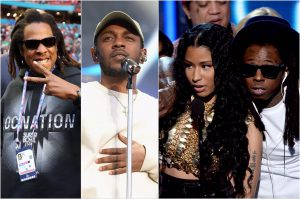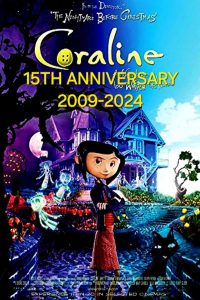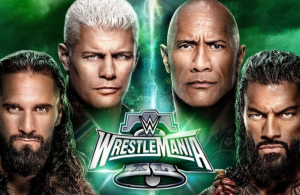
Kori Walters
Staff Writer/MC301
With Halloween parties out of the question thanks to the COVID-19 pandemic, you may be planning to celebrate your Halloween through a horror movie marathon. That being said, with over a century of horror movies to choose from the selection process can be daunting.
Thankfully, horror is a unique movie genre because it changes and adapts to society incredibly fast. This means that by understanding past horror trends, you can narrow down your movie options to movies made in a certain time frame.
According to the New York Film Academy, the horror themes of each decade are as follows:
1890s-1930s
In 1896, George Meilies created “The House of the Devil,” which is a short film that is largely recognized as the first horror movie. After that horror was mainly short films focused on the supernatural until the 1920’s, which is considered the best decade of the genre. Movies in the 20s and 30s often featured monsters. An example is “Nosferatu”.
1940s-1950s
With impending war on everyone’s minds, movies in this era focused on monsters created from atomic fallout and radiation, such as “Godzilla,” rather than traditional monsters.
1950s-1960s
Due to an attempt to make the horror experience more interactive in cinemas, you can find many low-budget slasher type films (like “Terrified”) from this time period.
1970s-1980s
This time period focused on the occult. That means a lot of possessions, and any evil that could be related to, or solved by religion. A well-known example is Stephen King’s “The Shining.”
1980s
The obsession with slasher films and storylines in this decade resulted in major hallmarks of horror. Some notable examples include “Halloween” and “Friday the 13th.”
1990s-2000s
The 90s were a dry spell for horror. The genre leaned on a few key films, such as Wes Craven’s “Scream,” and references to old slasher movies. The 2000s saw a horror revival with the capitalization of zombie and torture films, such as “Saw.” Occult stories were also popular in the 2000s.
2010s-2020
In recent years the biggest trend has been reboots, but there are many conflicting opinions on messing with movies people already know and love.
Keishawna Brown, a junior recreation administration major from Toronto, Canada, says “I like the concept of remaking classic films to an extent. If the cast, or crew remains the same and the storyline is a continuation of what happened in the original film, by all means. If it is a completely different storyline or the exact same storyline with a whole new crew, then I do not like them. Some things are better left untouched.”
That being said, some people still find appeal in being able to watch classics movies with a new cast or crew. Psychologist Khalil Collier explains why even poorly executed reboots have found success.
“The production of nostalgia in a film allows the viewer to have a positive personal connection with what they are watching. Nostalgia also brings rise to a feeling that does not occur very often, which then creates a unique experience for the viewer.”
There has also been an increase in comedic value in the horror industry. While “horror comedy” used to refer to comedy movies that mock the horror genre, it now refers to horror movies that are equally funny and gory.
Brittney Williams, a junior therapeutic recreation major from Port-of-Spain, Trinidad said, “In the past five years I have noticed that a lot of horror movies I have found comical rather than scary.”
The pinnacle of the reboot and comedic trends is the 2017 reboot of Stephen King’s “It.”
Even if you are not fond of horror, there is an enjoyable horror movie out there for everyone. Collier explains that when watching movies that invoke fear, there is a certain amount of control that the audience has when engaging with the content. This control combined with fear provoking visuals creates a perfect platform for people to explore their psyche.





Be First to Comment